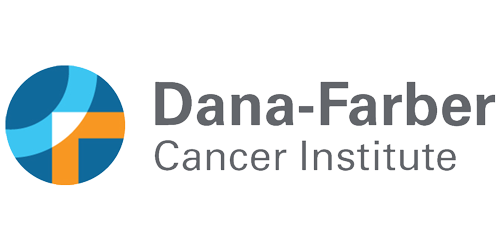Next-Generation Sequencing Analysis Services
Zymo Research makes next-generation sequencing analyses available to every researcher and industry with our comprehensive portfolio of technologies. With end-to-end and custom solutions available, all NGS services feature state-of-the-art sample processing workflows and cutting-edge bioinformatics at competitive pricing.
Zymo Research Services is a proud member of the AWS Partner Network:
 and Nextflow
and Nextflow
NGS Services Tailored to Your Needs

Transcriptomics
Analyze differentially expressed genes, evaluate disease mechanisms, or discover microRNA biomarkers with comprehensive RNA sequencing solutions starting from any sample.

Genomics
Get reliable whole-genome sequencing or targeted DNA sequencing results from low-input and challenging samples, including FFPE, liquid biopsy, and more. From sample preparation to sequencing and bioinformatics analysis, we provide an end-to-end solution.

Epigenomics
Investigate DNA methylation and chromatin accessibility using the latest technologies. These epigenetic modifications have become important diagnostic and prognostic biomarkers in many fields of medicine.

Microbiomics
Characterize the microbiome of any biological sample with our end-to-end solution consisting of sample collection, nucleic acid extraction, library prep, sequencing, and comprehensive bioinformatics analysis. Ensure accurate, unbiased results for every sequencing run.
Additional Services


Bioinformatics Services
Appropriate bioinformatics handling and processing of NGS data is vital to go from data to discovery. At Zymo Research, we provide cutting-edge bioinformatics services tailored to meet your unique needs. Our skilled bioinformaticians use the latest technologies to offer custom data analysis and delivery for customers with specific requirements beyond those provided in our standard NGS services.


Other Services
Perform environmental surveillance, monitor COVID-19 outbreaks, or request a custom nucleic acid purification or next-generation sequencing service to meet your needs.
Trusted By Leading Institutions
We are honored to have collaborated with and provided next-generation sequencing services to the most prestigious institutions, agencies, and companies in the world.
Client Feedback
“I have been sending samples to Zymo Services for several years and continue to be consistently impressed by the incredible service. The team members are an absolute pleasure to deal with. They have been enormously helpful regarding processing and analysis of samples, and I feel they are always willing to go the extra step to facilitate specifics for my data analysis. Thank you for providing such an awesome service!”

- Susan B.
Dana-Farber Cancer Institute
How Our NGS Analysis Services Work

Complete a Free Consultation with Our Scientists

Send Us Your Samples

Receive Easy-to-Interpret Analysis Report
Tell Us About Your Services Project
Please describe your project and one of our scientists will be in touch to assist you.
Straightforward End-to-End Solutions to Accelerate Your Research
At Zymo Research, we believe that “The Beauty of Science is to Make Things Simple.”
Next-generation sequencing is an important tool for a variety of biomedical applications. However, interpreting the resulting volumes of data can present challenges. With our comprehensive services and trained scientists, you don't have to tackle these challenges alone. Instead, our scientists simplify the experience by providing an end-to-end NGS solution, complete with comprehensive data reports that can be customized to fit your needs.
Each step of our workflow has been rigorously tested and validated to ensure the highest data quality is delivered every single time. Most importantly, our expert specialists are always available to answer questions and assist you through the process to make things simple. We remain committed to pioneering new research tools and next-generation sequencing analysis services to meet any ongoing and future challenges you may have. All our services are customizable and can be combined to suit your needs!
or contact us at
- Wenn Sie eine Auswahl auswählen, wird eine vollständige Seite aktualisiert
Need help? Contact Us


